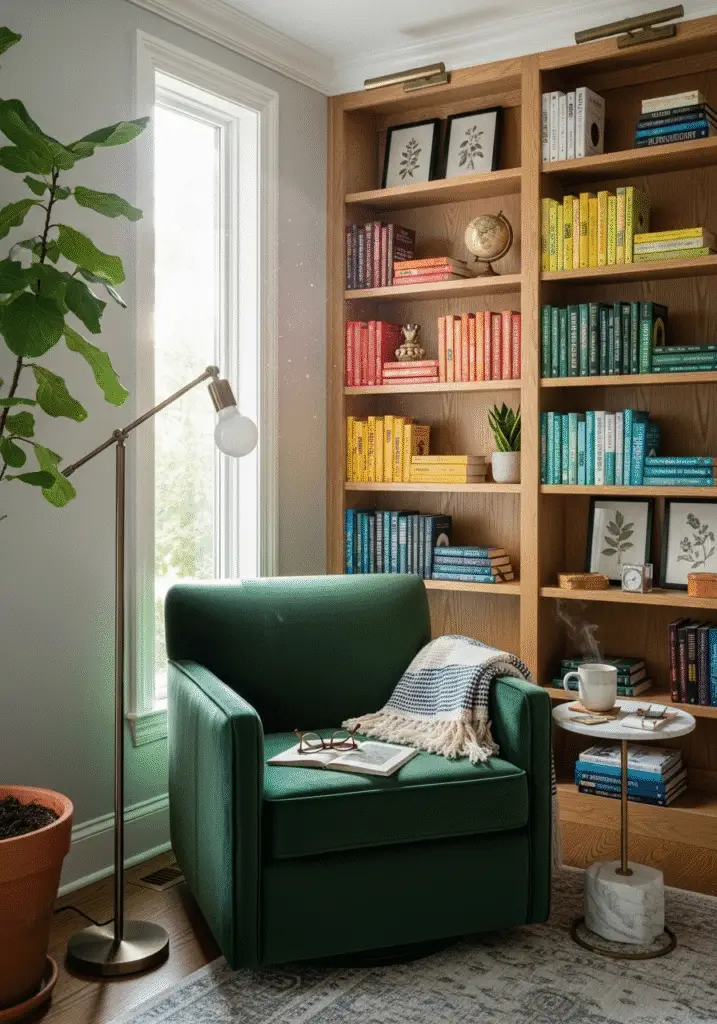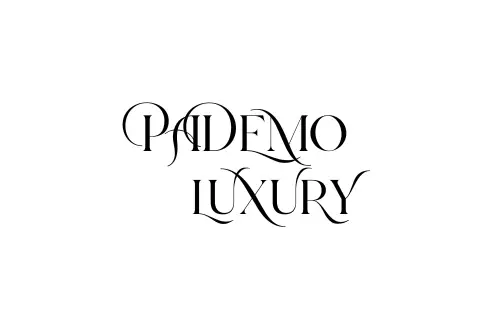Introduction
Books are far more than mere physical objects. Each one carries with it a unique world of knowledge, memories, and experiences, offering a window into other lives, times, and places. For book lovers, a collection of books is not just a hobby—it’s a treasure trove of stories, ideas, and emotions that have shaped who they are. However, as your library grows, the joy of owning books can quickly turn into frustration when the collection becomes unruly. Shelves overrun with piles of unread books, volumes scattered in random corners, or a general sense of clutter can make it hard to find the book you’re in the mood for, or even enjoy the visual beauty of your collection.
When this chaos sets in, it’s time to embrace the art of book organization. Whether you have a single shelf or an entire room dedicated to your literary passions, the way you organize your books can significantly improve both the aesthetic and functionality of your living space. A well-organized bookshelf or home library doesn’t just save time—it also creates an atmosphere that invites exploration, relaxation, and discovery. It turns your books into a visual statement, and your reading space into a sanctuary.
The process of organizing books isn’t just about creating order—it’s about celebrating your collection in a way that suits both your practical needs and personal tastes. By carefully considering factors like space, accessibility, and your own reading habits, you can transform any cluttered corner into a beautifully organized library. Whether you prefer a minimalist approach, a thematic setup, or an artistic arrangement, the possibilities are endless.
In this guide, we will walk you through the best strategies to organize your books at home in a way that is both efficient and visually stunning. We will explore different techniques, from sorting your books by genre or author to incorporating creative design elements, so that your bookshelf or reading nook is as functional as it is beautiful. With just a little time, effort, and creativity, you can turn a chaotic pile of books into a meticulously arranged collection that enhances your home and enriches your reading experience.
So, whether you’re starting from scratch or just need a refresh, let’s dive into the exciting world of book organization. By the end, you’ll have a space that not only makes it easier to find your next read but also reflects your personality, values, and passion for the written word.
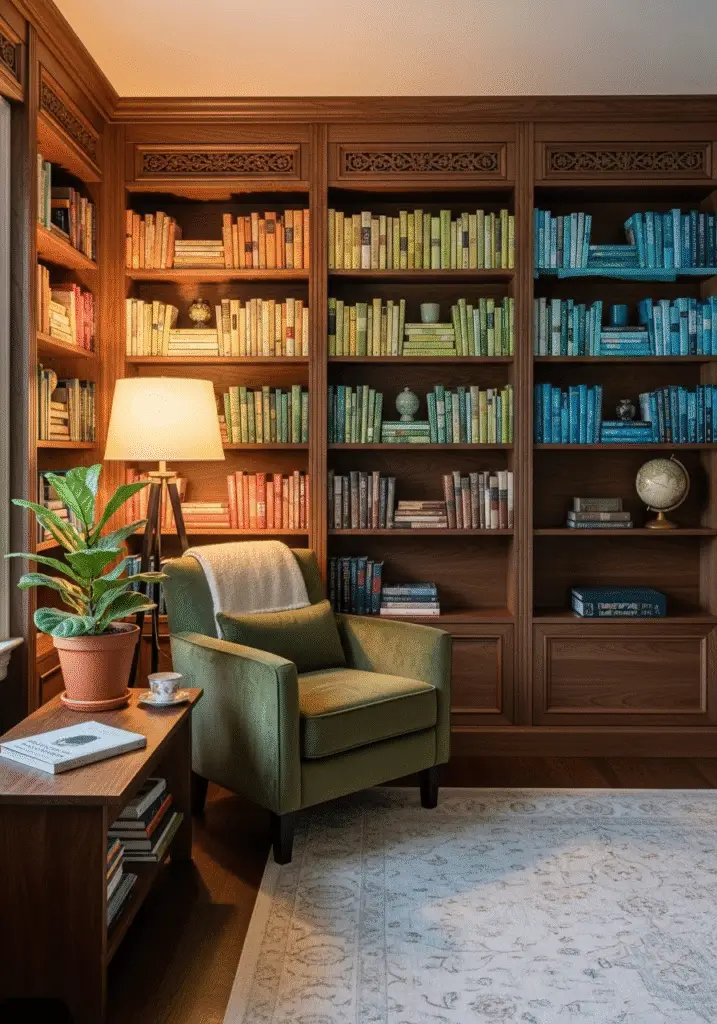
Why Organizing Your Books is Important
Organizing your books isn’t just about neatness or making your shelves look Instagram-worthy—it’s about enhancing your mental well-being, improving your day-to-day functionality, and creating a space that feels intentional and inspiring. A disorganized book collection can quickly lead to frustration: perhaps you know you own a particular book but can’t remember where you placed it, or you feel guilty about the stack of unread books collecting dust on the floor. Over time, this kind of visual and mental clutter can contribute to stress, anxiety, and even decision fatigue. When your space is chaotic, it can be difficult to concentrate, relax, or enjoy your reading experience.
On a psychological level, a cluttered environment has been linked to reduced productivity and increased mental strain. Books scattered across tables, floors, or in unlabelled boxes make it harder to focus, whether you’re reading, working, or simply trying to unwind. In contrast, an organized collection helps you feel in control and at peace. When everything has its place, your environment becomes a source of calm rather than chaos. You’ll know exactly where to find a favorite novel, a useful reference book, or your next read—saving time and energy every day.
But the benefits of book organization go beyond utility. A thoughtfully arranged bookshelf can also be a beautiful and meaningful focal point in your home. Your book collection is a reflection of your personal journey—your tastes, values, passions, and the ideas that have shaped you. When you display your books intentionally, whether by color, genre, theme, or author, you’re not just organizing items—you’re telling a story about yourself. This turns your collection into more than just storage; it becomes a statement piece that adds warmth, character, and personality to your living space.
An organized shelf also encourages engagement. You’re more likely to rediscover old favorites, finally read the books you’ve been meaning to, and rotate new titles into your reading list. It’s easier to lend books to friends when you know where everything is, and it’s a joy to browse your own collection like a personal bookstore. In many ways, organizing your books reinvigorates your relationship with reading—it becomes an active, joyful, and even meditative part of your life.
In summary, organizing your books is a powerful way to bring structure, beauty, and intention to your space. It boosts your mental clarity, streamlines your routines, and allows you to express yourself through your home. Whether your collection is small or sprawling, taking the time to organize it well is an investment in your own peace of mind—and in your love for books.
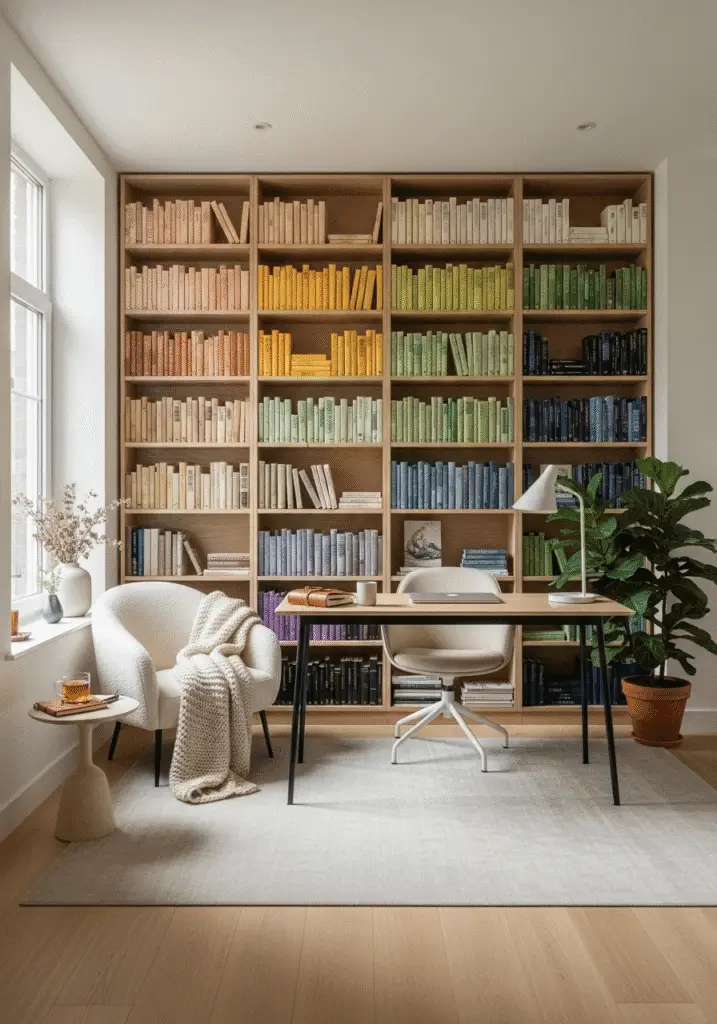
Assessing Your Book Collection
Before you dive into sorting, shelving, or alphabetizing, it’s important to take a step back and thoughtfully assess your current book collection. This is a crucial foundational step in the organization process—one that can save you time, space, and energy in the long run. Think of it as a personal inventory, a moment to reconnect with your books and reflect on why you’ve held onto them.
Begin by asking yourself a simple yet powerful question: “Do I really need all of these books?” While it may feel difficult at first, being honest with yourself about what you truly value and use can help transform your collection from cluttered to curated. It’s easy to accumulate books over the years—gifts you didn’t choose, titles you bought on impulse, or books you started but never finished. These volumes often linger on shelves out of habit, rather than purpose or joy.
Decluttering is the first meaningful action toward a more intentional library. Start by removing all your books from their current spots and laying them out where you can see the full scope of your collection—on a table, floor, or bed. Touch each one, flip through it, and ask: Have I read this? Will I realistically read it? Does it still reflect my interests or values? If the answer is no, consider letting it go.
There are many ways to thoughtfully part with books. Donating them to charities, community centers, schools, or local libraries ensures that your books can continue to enrich others’ lives. You can also resell them through secondhand bookstores or online platforms, or organize a book exchange with friends, family, or your local reading group. This way, books find new homes while freeing up space in yours.
For books you’re unsure about, create a “maybe” pile—this serves as a temporary holding zone. Place these books in a separate box or corner with a plan to revisit them in a few months. If you haven’t reached for them by then, it might be a sign that you’re ready to let them go. Remember, not every book needs to be kept forever, and making room for the ones that truly matter can make your collection feel more meaningful and manageable.
It’s also important to give yourself permission to keep sentimental books, even if you don’t plan to read them again. Maybe it’s a childhood favorite, a gifted book with a heartfelt note inside, or a title that helped you through a difficult time. These hold emotional value and can be part of your collection as long as they still bring you joy or significance.
In short, assessing your book collection is about making conscious choices. It’s not about minimizing for the sake of minimalism—it’s about aligning your collection with who you are today and how you live now. By doing this before organizing, you ensure that the books you keep are ones that deserve a place in your home and on your shelves.
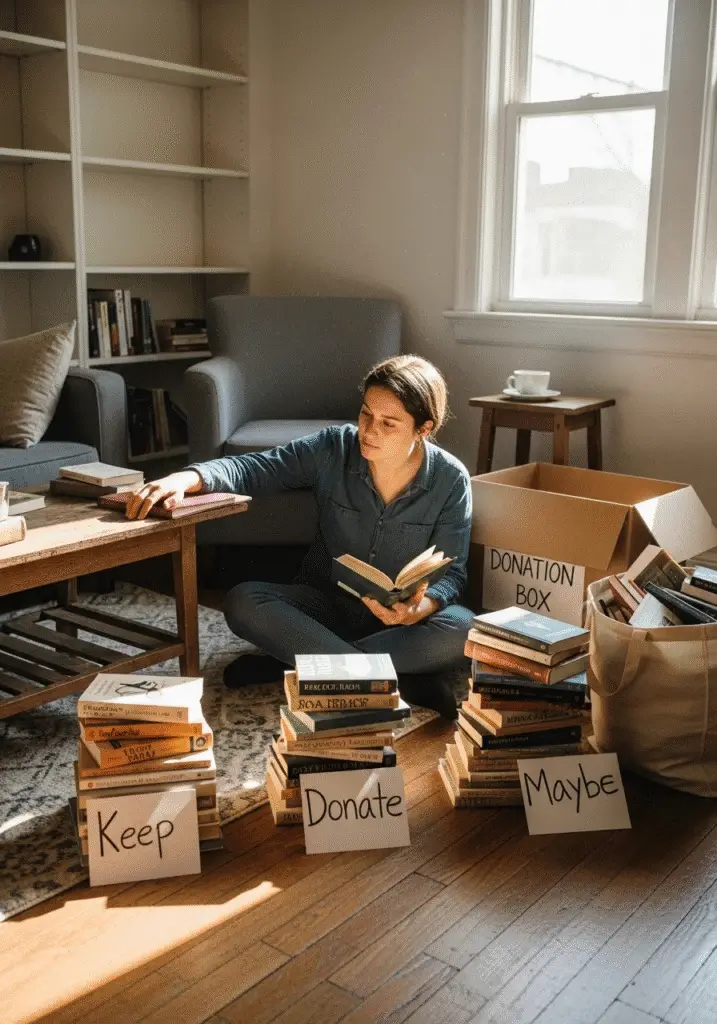
Choosing the Right Storage Solution
Once you’ve assessed and decluttered your book collection, the next step is to choose the right storage solution to house your books in a way that’s both functional and visually appealing. The ideal setup will depend largely on the size of your collection, the available space in your home, your personal style, and any specific needs—such as accessibility, safety, or aesthetics. A thoughtful storage solution not only protects and displays your books but also enhances the overall atmosphere of your space.
Here are some versatile and practical options to consider:
1. Bookshelves
Bookshelves are the most traditional and widely used option for book storage—and for good reason. They offer generous space, are available in countless styles, and make it easy to see and access your books at a glance. From minimalist open-shelf units to elaborate wooden bookcases, bookshelves can fit almost any room or décor.
For small spaces, opt for tall, vertical bookshelves that make use of height rather than floor area. This allows you to maximize your storage capacity without overcrowding your room. For larger rooms or dedicated libraries, horizontal shelving units can provide a more expansive, gallery-style display. Adjustable shelves offer flexibility for books of various sizes, while ladder-style or corner shelves can add character and save space.
2. Wall-mounted Shelves
Wall-mounted shelves are an excellent choice for those with limited floor space or a minimalist aesthetic. By securing shelves directly to your wall, you free up valuable square footage while still keeping your collection visible and accessible.
This option works particularly well in apartments, small bedrooms, or home offices where floor furniture is kept to a minimum. Wall-mounted shelves can be arranged in creative patterns or layered vertically above furniture like desks, beds, or sofas, turning your books into a functional art installation. Just be sure they’re properly anchored to support the weight of your collection.
3. Storage Bins and Boxes
Not all books need to be displayed front and center. For those that are rarely read—such as old textbooks, reference materials, or seasonal reads—decorative storage bins or archival boxes are a smart solution. These can be tucked under a bed, in a closet, or stacked neatly in a storage area, keeping your space tidy without requiring you to part with books that still hold value.
Look for bins that are sturdy, moisture-resistant, and appropriately sized for books. Transparent bins make it easy to see what’s inside, while labeled, opaque boxes can provide a cleaner, more cohesive look. This is also a good option for rotating your collection—you can switch out books seasonally or whenever you feel like refreshing your shelf space.
4. Bookcases with Doors
If you live with pets or young children, or simply want to protect your books from dust and wear, bookcases with doors offer a more secure storage solution. Whether glass-fronted or solid, doors keep books clean, organized, and out of reach from curious hands or paws.
Glass doors allow you to maintain a decorative display while providing a physical barrier against dust and damage. Solid doors, on the other hand, can create a more minimalist or streamlined appearance, particularly in multifunctional rooms such as living areas or guest bedrooms. This type of storage also works well if your collection includes rare, delicate, or collector’s editions that need a bit of extra care.
Final Thoughts
Ultimately, the best storage solution is the one that fits seamlessly into your lifestyle and complements your home’s design. You might even choose to combine multiple storage methods—using open bookshelves for your favorite reads, wall-mounted shelves for display, and storage bins for overflow. Think about how often you access each book, how much space you have, and how you want your collection to be experienced—by you and by anyone who visits your home.
Choosing the right storage isn’t just about practicality—it’s about creating an environment where your books can thrive and where you’ll be inspired to reach for them again and again.
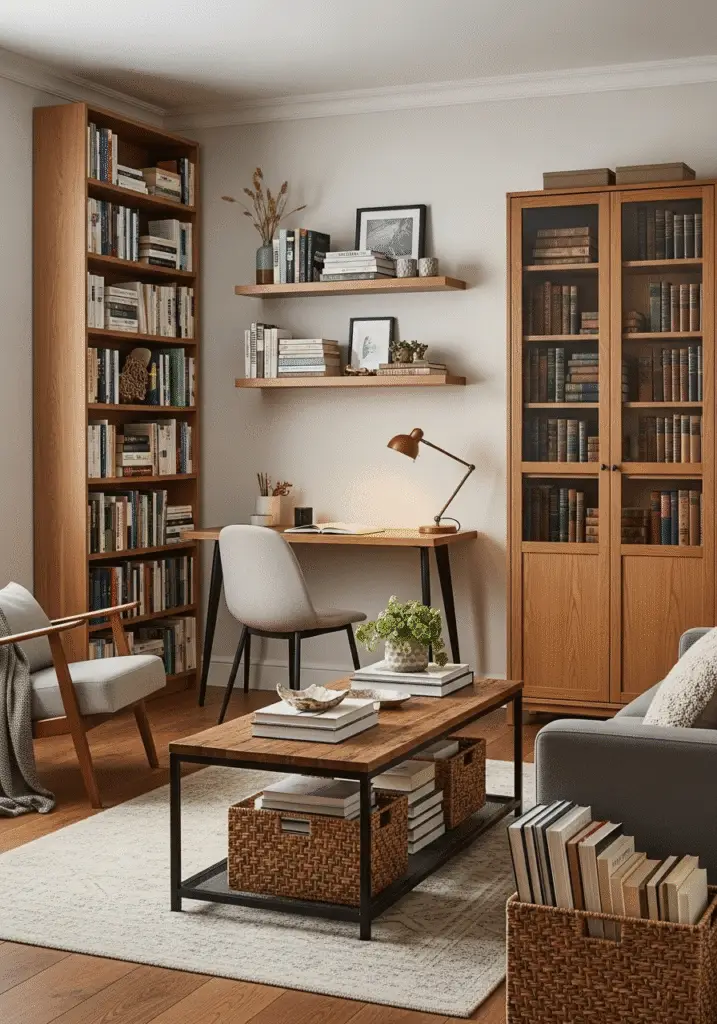
Categorizing Your Books
Now that you’ve assessed your collection and chosen the right storage solutions, it’s time to focus on the heart of the organization process: how to categorize your books. This step is where your personal style and reading habits truly come into play. There’s no single “correct” way to organize a book collection—the best method is the one that makes your books more accessible, more enjoyable to browse, and better suited to your lifestyle and space.
Whether you’re organizing a personal library or just a few shelves, the way you categorize your books can transform your space from chaotic to curated. The right system helps you find what you’re looking for quickly, keeps your collection easy to maintain, and often brings a sense of harmony and personality to your room. Here are several tried-and-true methods to consider, along with their benefits:
1. By Genre
Organizing your books by genre is one of the most practical and popular approaches, especially if you have a sizable or diverse collection. This method allows you to quickly locate books depending on your mood or reading goals. For instance, if you’re in the mood for a thrilling mystery or a heartwarming romance, you can go straight to that section without digging through unrelated titles.
Common genre categories might include:
- Fiction
- Non-fiction
- Biography/Memoir
- Mystery/Thriller
- Romance
- Science Fiction/Fantasy
- History
- Self-help/Personal Development
- Poetry
- Cookbooks
- Travel
- Academic/Reference
You can break genres down even further if needed. For example, within fiction, you might separate contemporary from historical fiction. This method works particularly well for avid readers who like to explore different topics or moods, and it can also be a fun way to display your personality through your interests.
2. By Author
If you tend to follow specific writers or have multiple books by the same author, grouping by author is a smart, reader-friendly system. It’s especially useful for fans of series or prolific writers—think Stephen King, Agatha Christie, or Jane Austen—because it allows you to keep all related works together.
You can also alphabetize by author’s last name, giving your collection a clean, orderly look that mimics the system used in libraries and bookstores. This is ideal for those who value precision and quick retrieval. Plus, this method makes it easier to keep track of what you already own and spot missing titles you may want to add to your collection.
3. By Color
For those who value visual harmony or want to make a decorative statement with their bookshelves, organizing by color is a creative and aesthetically pleasing approach. Grouping books into color blocks—reds, blues, greens, whites, blacks, etc.—can produce a striking rainbow or ombré effect that turns your collection into a focal point of the room.
While this method prioritizes style over function, it can still work if you’re someone who remembers books by their covers. It’s not ideal for researchers or those who need quick access to specific content, but it’s perfect for design enthusiasts or anyone looking to create an eye-catching bookshelf that complements the room’s decor.
4. By Size
Another visual strategy is to organize your books by size. This method creates a clean, symmetrical appearance, which is especially helpful if you want your shelves to look neat and streamlined. Lining up books of similar height can prevent that cluttered, uneven look that sometimes happens when large hardcovers are jammed next to small paperbacks.
You might arrange books from tallest to shortest, shortest to tallest, or group them by standard formats—such as separating mass-market paperbacks from oversized art books. This system is easy to maintain and often used in minimalist or modern design schemes. While it’s less useful for finding specific titles quickly, it works well if your primary goal is a tidy, uniform appearance.
Bonus Methods: Additional Ideas
If none of the traditional systems feel quite right for you, here are a few more creative ways to categorize your collection:
- By Mood or Theme: Organize books based on how they make you feel—uplifting, dark, inspiring, thought-provoking—or by broader themes like “travel,” “coming of age,” or “books that changed my life.”
- By Reading Status: Create sections like “To Be Read (TBR),” “Currently Reading,” and “Finished Favorites.” This helps you track your reading journey and rotate your collection easily.
- Chronologically: Arrange books in the order they were published or by the time period in which they were set, which can be especially meaningful for historical fiction or literary collections.
Final Thoughts
When choosing how to categorize your books, think about what will work best for your everyday life. Do you want to find titles quickly? Display them like art? Group them emotionally or intellectually? Your method can be as traditional or as personal as you like. You may even choose to combine multiple methods, such as sorting by genre first, then alphabetizing within each category, or arranging fiction by color and nonfiction by subject.
Whatever system you choose, the most important thing is that it reflects your personality and supports your relationship with reading. After all, your books are more than just possessions—they’re part of your story.
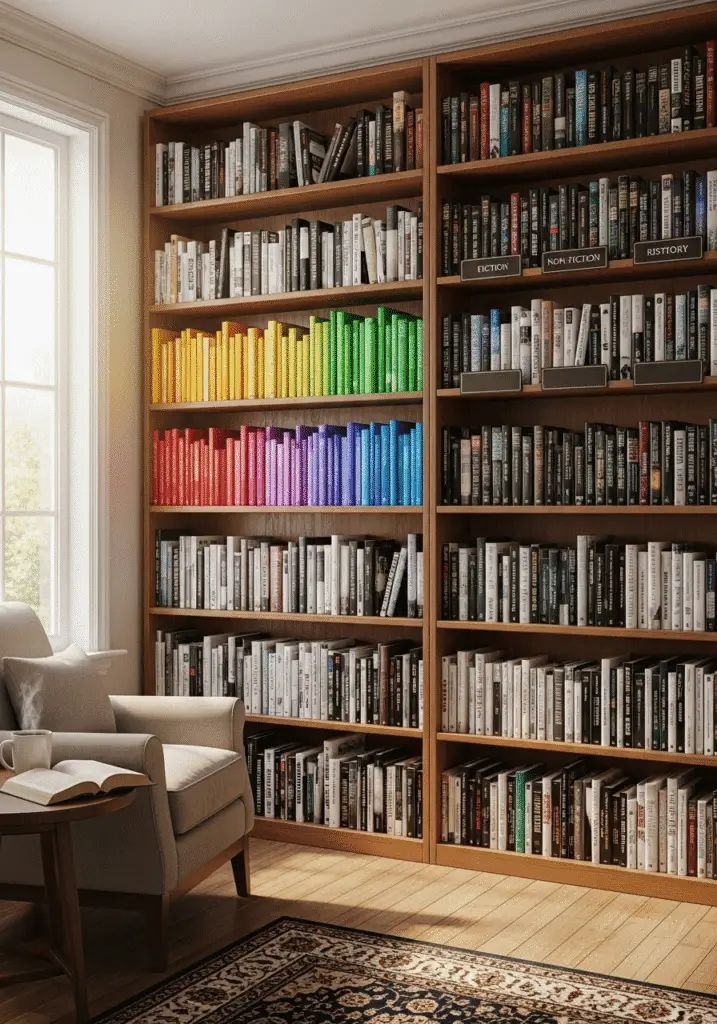
Maintaining Book Organization
Organizing your book collection is an accomplishment—but the key to lasting success lies in maintaining the system you’ve created. Just like any aspect of home organization, your bookshelf requires ongoing attention, care, and a bit of discipline to remain both functional and visually appealing. Without regular upkeep, even the most beautifully organized collection can slowly drift back into disorder. Fortunately, with a few simple habits and mindful strategies, you can preserve the order and enjoyment of your library for years to come.
1. Regularly Review and Edit Your Collection
One of the most important habits you can develop is to periodically reassess your collection. Over time, your interests, reading habits, and space limitations may evolve. Set aside time—perhaps seasonally or once a year—to review your shelves. Ask yourself:
- Have I read this book?
- Do I still want to read it?
- Does it reflect my current interests or values?
- Would someone else benefit more from this than I would?
Don’t hesitate to part with books that no longer serve you. Donating to local libraries, schools, shelters, or secondhand bookstores can keep your collection fresh while spreading the joy of reading to others. Creating a dedicated donation box or “outgoing” shelf can help streamline the process.
2. Create a System for New Books
A well-maintained collection includes thoughtful management of incoming books. It’s easy to let purchases pile up and disrupt the balance you’ve created. To avoid this, implement a personal rule or system for acquiring new books. For example:
- One-in, one-out: For every new book you bring in, donate or sell one you no longer want.
- Waitlist system: Only purchase a new book once you’ve read a certain number from your “To Be Read” pile.
- Designated shelf space: Limit your collection to the space available. If the shelf is full, something must go before something new comes in.
If you read both physical and digital books, consider using e-books or audiobooks for less essential titles to reduce physical storage needs. This hybrid approach can help keep your shelves curated and clutter-free.
3. Protect and Preserve Your Books
Maintaining the physical condition of your books is just as important as maintaining their organization. Books are sensitive to environmental factors, and neglect can lead to damage over time. Follow these tips to protect your collection:
- Avoid direct sunlight: Prolonged exposure to UV rays can cause covers and spines to fade and deteriorate.
- Maintain a stable climate: Keep books in a dry, well-ventilated space. Excess humidity can lead to mold and warping, while extreme dryness may cause pages to become brittle.
- Prevent overcrowding: Overstuffed shelves can warp book covers and make it difficult to remove titles without damaging them. Leave a little breathing room between books, and avoid stacking too tightly.
- Use bookends: Bookends are a practical and stylish tool to prevent books from slumping or leaning, which can distort spines over time.
- Dust regularly: Books and shelves should be dusted occasionally with a dry cloth or a soft brush to prevent buildup, especially if you keep windows open or live in a high-traffic area.
4. Stay Consistent With Your Organization Method
Whichever categorization method you’ve chosen—by genre, author, color, size, or mood—be sure to stick with it as your collection evolves. When you acquire new books, take the time to file them properly. Avoid the temptation to just toss them onto the nearest shelf “for now”—those temporary spots often become permanent clutter.
If you’re using a more intricate system (such as alphabetization or sub-genres), consider labeling your shelves or keeping a digital catalog for quick reference. Tools like Goodreads, LibraryThing, or even a simple spreadsheet can help you track what you own, what you’ve read, and what’s next in your queue.
Final Thoughts
Maintaining book organization is an ongoing process—but it doesn’t have to feel like a chore. In fact, it can be a joyful, reflective practice that helps you stay connected to your reading life. Think of it as nurturing your own personal library—one that grows with you, supports your habits, and brings beauty and order to your space.
By regularly curating your collection, managing new additions mindfully, and caring for your books physically, you’ll ensure that your shelves remain a source of pride, inspiration, and tranquility. In the end, a well-maintained book collection isn’t just about storage—it’s about celebrating your love of reading and creating a home where that love is honored every day.
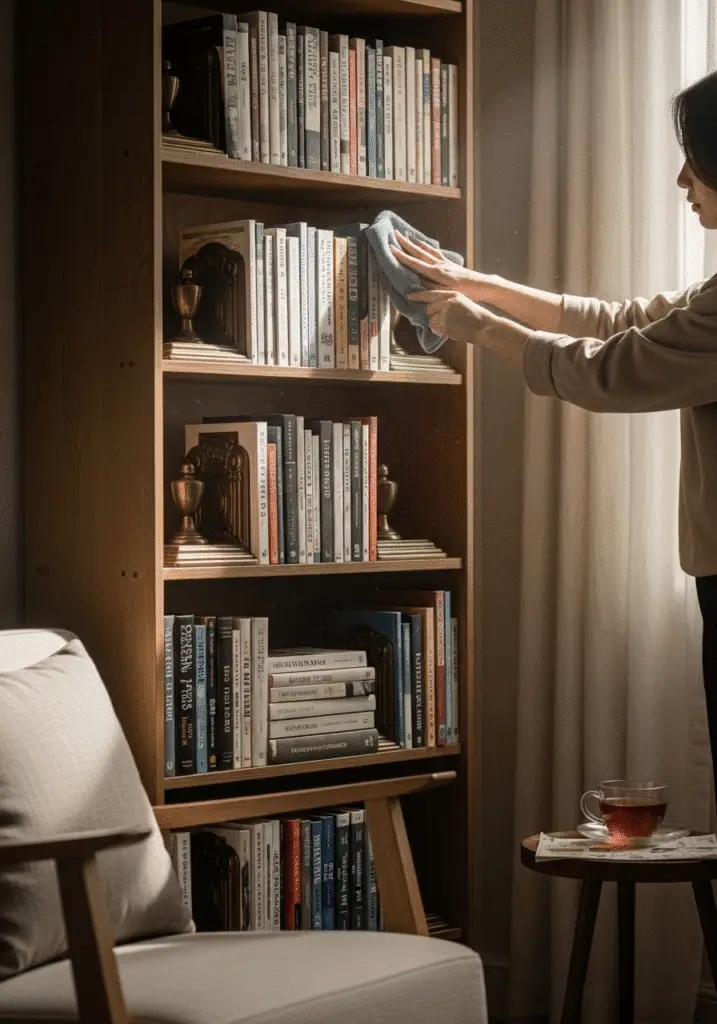
Conclusion
Organizing your books at home goes far beyond simply putting things in order—it’s about cultivating a space that reflects your identity, supports your lifestyle, and brings daily joy to your home. Books carry more than just words; they hold memories, emotions, knowledge, and the evolution of your thoughts and interests over time. Whether you own a modest stack of favorites or a vast collection of titles across multiple genres, organizing your books is a deeply personal process that can help you reconnect with your collection and appreciate it in new ways.
A well-organized bookshelf is more than a storage solution—it’s an invitation to explore. When your books are arranged thoughtfully, you’re more likely to read what you own, rediscover forgotten gems, and share books with others. It becomes easier to find what you’re looking for, whether it’s a comforting novel on a rainy day, a resource for a creative project, or a title you want to recommend to a friend. You’ll save time, reduce frustration, and eliminate the clutter that often comes with an unorganized or overcrowded space.
But organization isn’t just about efficiency—it’s also about expression. Your home is an extension of who you are, and your bookshelves can be a visual representation of your passions, beliefs, and personality. Whether you organize by genre, author, color, or mood, your system should reflect how you think and live. Perhaps you want your shelves to be a bold statement piece, or maybe you prefer a more understated and practical arrangement. There’s no single “right” way—only what works best for you and your space.
Throughout this guide, we’ve explored the key steps to building a system that’s both functional and beautiful: beginning with a thoughtful review of your collection, choosing storage solutions that fit your needs and space, categorizing in a way that aligns with your habits, and committing to regular maintenance. You’ve also seen how different organization methods can enhance your home environment, protect your books, and support mindful consumption moving forward.
Ultimately, organizing your books is not a one-time project—it’s an evolving process that grows and changes alongside your reading journey. As you continue to read, collect, and curate, your home library will naturally adapt with you. Take pride in that evolution. Let your bookshelf be a living space—dynamic, personal, and filled with stories that matter to you.
With just a bit of time, thought, and creativity, you can transform your book collection into a meaningful, stylish, and accessible part of your home. Whether you’re creating a cozy reading nook, building a floor-to-ceiling library wall, or simply tidying up a bedside shelf, remember that the goal isn’t perfection—it’s joy, clarity, and connection. By organizing your books with intention, you not only elevate your living space but also honor your love for reading in a way that’s both practical and deeply personal.
So go ahead—open a book, rearrange a shelf, and start building the home library that truly reflects you.
